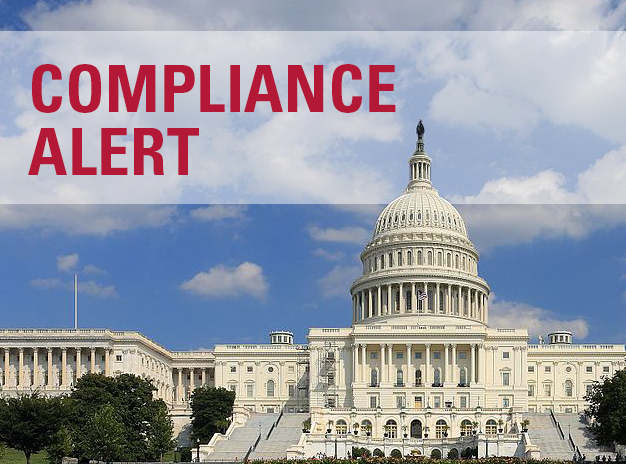Advocates of the initiative to replace the Affordable Care Act (ACA) are pleased that the House Republicans were able to pass the American Health Care Act (AHCA). While getting the bill approved in the House is a big accomplishment, and one that GOP leadership can legitimately celebrate, it is important to understand that this is just one hurdle of many that Republicans must get over before the US healthcare system is revamped under GOP direction. The AHCA is a controversial plan and the process of getting the legislation approved by the House exposed disparity between the Republican’s conservative and moderate wings, most notably on how the repeal and replace bill should address coverage for pre-existing conditions, gaps in coverage, guaranteed renewability, unaffordable premiums, market stabilization, changes to Medicaid and more.
Last minute additions of The Upton-Long Amendment and The MacArthur Amendment enabled the House to vote and finally pass the legislation with a narrow margin of 217 to 213. Most of the last minute additions in the two amendments involve protections for consumers and insurers in the individual and small group markets.
The Bill in Summary
The bill eliminates the employer and individual mandates, replaces the ACA’s income based premium subsidies with age-tiered tax credits, allows states to apply for waivers to define their own mandated health benefits, expands the annual maximums for Health Savings Accounts, discontinues the ACA’s Medicaid expansion initiative and repeals most of the ACA’s taxes.
Next Step – Bill moves on to the Senate
Many expect some of the bill’s provisions to undergo a major overhaul in the Senate where several Republicans have already expressed serious concerns about the changes to Medicaid. The Senate’s ability to amend the legislation will likely be hindered by its own reconciliation rules, which will limit the bill to provisions that have a fiscal impact on the federal budget.
Core Components of the AHCA of most interest to employers
Elimination of Employer Mandate Penalties beginning January 1, 2016:
- As communicated previously, the AHCA reduces the Employer Mandate (ACA Play or Pay) penalties to $0 for tax years beginning January 1, 2016. If this repeal provision remains intact when the bill goes through the Senate, Applicable Large Employers (ALEs) that do not offer full-time employees an affordable health plan meeting all the ACA coverage requirements will not be faced with the IRC 4980H subsection (a) or (b) penalties. The 2016 (a) and (b) penalties of $2,160 and $3,240 respectively, would be reduced to $0 for ALEs that don’t offer health benefits as required under the ACA Employer Mandate.
Temporary elimination of the Cadillac Tax:
- The legislation includes a provision eliminating this tax until 2025 and leaves open the possibility that the tax could be imposed beginning in 2026.
Repeal of several ACA taxes and fees beginning in 2017:
- 3.8% surtax on net investment income
- 4%+ annual fee on health insurers (passed on to employers as additional premium)
Elimination of additional payroll tax after 2022:
- .9% additional tax on high income earners
Elimination of Essential Health Benefits:
- States may apply for waivers to establish their own essential health benefit requirements for individual and small group markets. This will enable insurance companies to sell catastrophic type insurance coverage in addition to the comprehensive health coverage sold now. We are not certain at this time whether this provision will apply in some form to large employer group health plans.
Adjustment of permissible premium age bands:
- Premium ratio would be increased from 3 -1 to 5 -1 for small group and individual market policies.
Creation of Patient and State Stability Fund:
- This new fund would allocate federal funds to states that may be used for financial assistance for high-risk individuals in the small group and individual markets. A Federal Invisible Risk Sharing Program would provide payments to insurers for claims made by eligible “high cost” claimants that have certain conditions determined by CMS. At this time it would appear this reinsurance initiative is limited to the small group and individual markets.
*Correction, 5/8/2017: The article originally showed an 8% surtax on net investment income; the percentage has been corrected to 3.8%.


